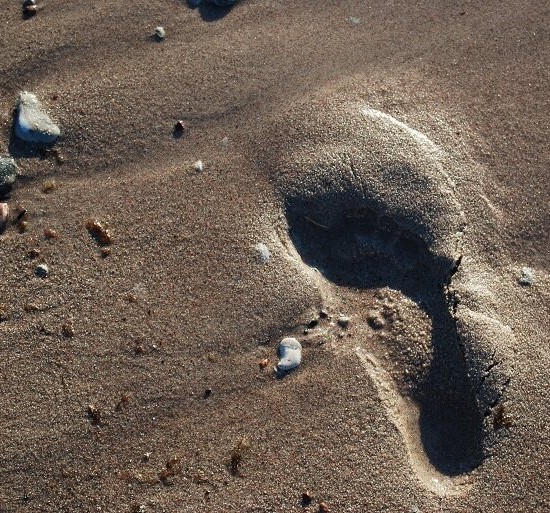Fex-Can Childhood
%20Resurs%2013.png)
Fex-Can Childhood consists of an observational study and an interventional study, aiming to investigate and alleviate fertility distress and sexual dysfunction among young adults (18-39 years) diagnosed with cancer during childhood (0-17 years).
Learn more about Fex-Can childhood in our study protocol
In the first part of the project, approximately 4500 individuals were identified in the National Quality Registry for Childhood Cancer and were asked to respond to a survey to assess, for example, fertility-related distress and sexual function and satisfaction. In the second part, an internet-delivered self-help program is developed and evaluated.
Learn more about the two projects below.
Fex-Can Childhood observational study
In Fex-Can Childhood observational study, fertility distress and sexual dysfunction is examined among young adults diagnosed with childhood cancer.
Study participants were asked to respond to surveys including questions covering fertility-related distress, sexual function and satisfaction, body image, and physical and mental health. A comparison group from the Swedish general population were further also asked to respond to an identical survey.
So far, we have published an article about premature ovarian insufficiency and change of pregnancy among young females following childhood cancer. Recently, our study about reproductive late effects in male childhood cancer survivors was published.

Fex-Can Childhood RCT
Within the Fex-Can Childhood project, an internet-delivered intervention, aiming to alleviate fertility distress and sexual problems among young adults diagnosed with childhood cancer, is being evaluated.
The intervention was tested in a randomized controlled trial (RCT), in which 631 participants were randomized to receive either the Fex-Can intervention, or to a wait-list control condition.
The intervention was developed in collaboration with a group of patient research partners, consisting of young adult cancer survivors and their close relatives.

Publications
- Haavisto, Anu; Lampic, Claudia; Wettergren, Lena et al., 2024
- Haavisto, Anu; Wettergren, Lena; Lampic, Claudia et al., 2023
- Gottvall, Maria; Fagerkvist, Kristina; Lampic, Claudia et al., 2022
- Ljungman, Lisa; Anandavadivelan, Poorna; Jahnukainen, Kirsi et al., 2020
